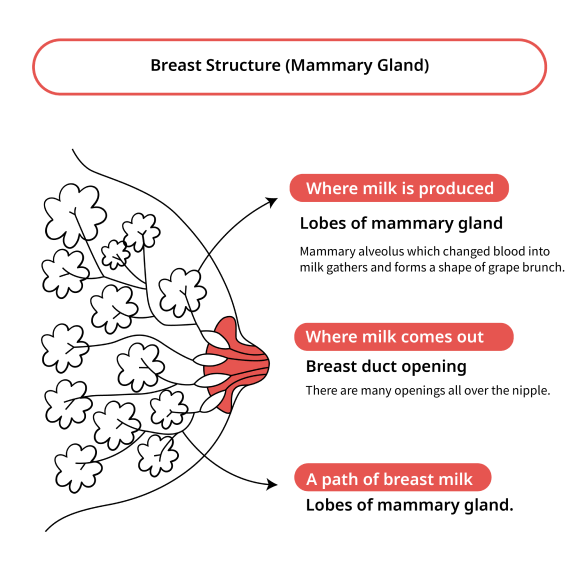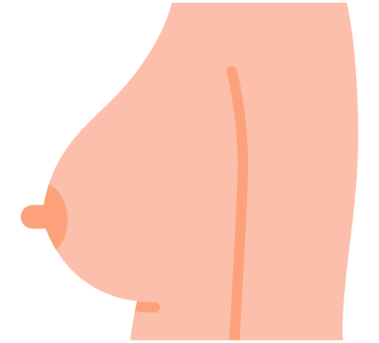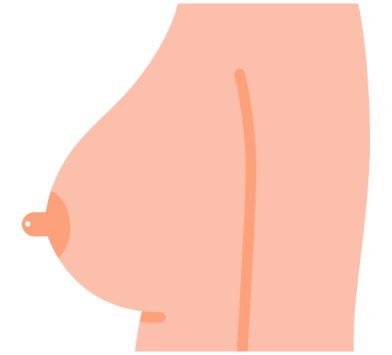
Breast milk contents change over time
There are numerous benefits of breastfeeding for babies and breast milk contains numerous nutrients including lactose, protein, and fat and it has a number of advantages. As the baby grows, breast milk components change to adapt and meet the growing baby’s requirements. This is the reason why breastmilk is considered the best food for the baby.

All the main components of breastmilk namely lactose, fat, and protein have their specific characteristics.
Lactose provides much-needed energy to the baby and is in the highest proportion of breastmilk.
Fat is used in the maintenance of the baby’s body structure and is an important ingredient for brain development.
Protein has necessary immunoproteins including lactoferrin and IGA. It also breaks down into amino acids and helps in muscle building.

- Reducing the risk of developing allergies
Some substances in breastmilk help prevent allergies from invading the baby’s intestines by creating a protective coating on the intestinal walls. These substances also promote the development of the intestinal epidermis.
- Helping in easy digestion and absorption of breastmilk
Babies have fragile intestinal systems and breast milk has enzymes, namely lipase, and amylase, which help in easy digestion and absorption.
Breast milk components change regularly. Sometimes after each nursing or even during nursing. This can be because of various reasons including the mother’s diet, the season, and the number of days postpartum. Here is a representation of how the breast milk components change according to the number of days postpartum and with each breastfeeding.

The breastmilk that is released each time a baby starts breastfeeding is called foremilk which is followed by hindmilk. As the baby continues to breastfeed the fat content in the milk, which is a source of energy for the baby, increases.
Conditions: Express breastmilk using a Pigeon Electric breast pump 5 times, 10 ml each. 5 ml of each sample was dispensed into test tubes, and centrifuged (3,000 rpm × 5 min.)
Colostrum and mature milk are two main groups of breastmilk. The breast milk secreted until the fifth postpartum is called colostrum. It has a large content of immunoproteins, namely lactoferrin and IgA. It contains β-carotene and that is why it is yellowish. 10 days postpartum mature milk starts to secrete. This group contains lower quantities of proteins and a higher quantity of lactose and fat. This is why it is higher in calories and has a milky white color.

Time course of breast milk contents Indicated by relative values, contents of 3rd-5th postpartum date as 100%. Refferense:Itoda et al., 1991, Japanese Journal of Pediatric Gastroenterology, Nutrition 5(1), P145-158.
Human breast milk contains the highest content of lactose and the lowest content of protein relatively.
Other animals such as Seals and whales that survive in harsher conditions under the surface of the ocean produce milk with higher fat content. Higher than other animals such as dogs, pigs, and humans having longer breastfeeding periods

